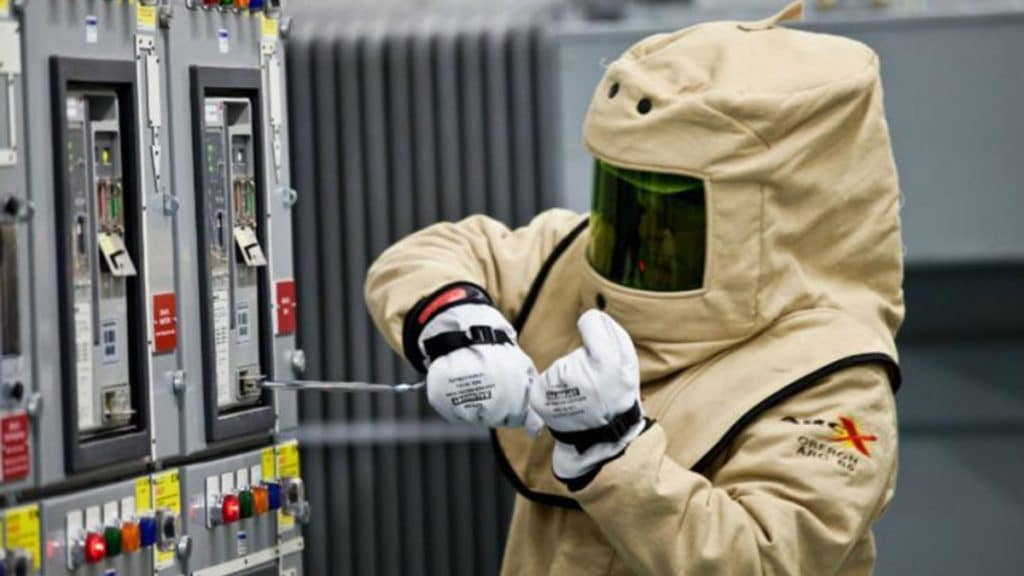Few foresee the life-saving purpose behind an apparently dry utility audit. Yet arc flash studies exist to prevent the potentially deadly emergencies their complex systems can birth. By modeling wiring schematics, analysts pinpoint where short circuits may ignite and how staff can avoid the ensuing explosive flashes.
Such reviews pave the way for facilities to consciously manage risks and empower personnel with situation-appropriate shields. Let’s explore this crucial yet uncelebrated work.
What’s Arc Flash, and Why Does Arc Flash Study Matter?
An arc flash refers to the powerful blast that results from a discharge of electric current. It produces intense light and heat, potentially causing severe injury. Electrical equipment like switchgear undergoes heavy stress. Without precautions, accidental arcs can ignite.
Studies map a facility’s wiring to calculate possible arc flash incident energy. This predicts the harm from an electronic short and allows facilities to determine the necessary precautions. Proper protective clothing and safety protocols can be identified and implemented by understanding potential energy levels.
Labeling Equipment for Awareness
By mapping arc flash boundaries, analyses clearly label machinery. This empowers workers to avoid exposed regions or don appropriate gear. Signage heightens caution in high-voltage switchyards and substations prone to faults.
In addition, signs help outsiders identify live equipment, preventing unintended contact. The labels display the potential incident energy of a fault so workers know strictly what level of protection is required before entering specific areas. Color coding helps personnel recognize danger zones at a glance.
Reducing Exposure Through Planning
Arc flash study aids in scheduling maintenance smartly. They reveal times when de-energizing systems minimize exposure or allow work from a safe distance. Planners limit live-line tasks’ lengths and schedule them efficiently to reduce fatigue.
Well-calculated outages isolate sections for repairs, preventing utility outages’ cascading effects too. Proactive coordination cuts risks. Analyses can also help schedule work during lower electrical usage to reduce the size of necessary outages.
Investing in Worker Wellness
PPE is vital, but preventing harm altogether is ideal. Some organizations use studies to justify investments in technologically advanced switchgear that can better isolate faults or quench arcs quickly. Remote monitoring and robotics also reduce the need for direct contact.
Prioritizing innovative solutions alongside safeguards invests in resilience and humanity. New technologies can pinpoint minor issues before they become dangerous faults. This allows utilities to conduct maintenance safely without endangering workers.
Continued Education Helps
While training covers initial safety protocols, refresher sessions enhance the retention of best practices. Updated courses prompt renewed discussion, reminding staff of standard procedures and new hazards. They reiterate the consequences of hazards to maintain wariness.
Combined with drills, constant education strengthens instinctive caution even in tense moments. Complacency becomes the greater foe as threats evolve constantly. Regular refreshers are important as experienced employees may forget details over time, and new employees join the team.
In Conclusion
Arc flash study systematically safeguards workers from high-consequence electrical mishaps. By determining appropriate PPE and establishing visible warnings, analyses cultivate a culture prizing safety in hazardous environments. Continual re-evaluation advances this mission through accurate risk reflection. Such proactive measures make facilities as secure as their complex operations allow.
